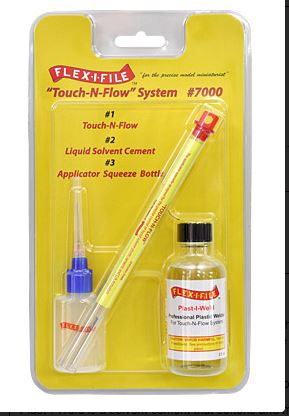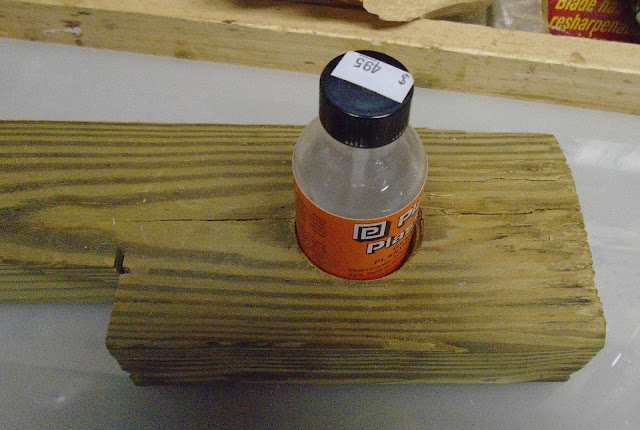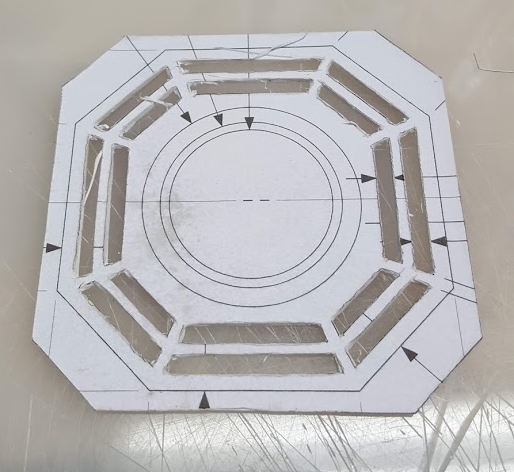These parts are called the coin returns and there are three of them along the bottom edge of the body, each a little different. I scratch built these from styrene.
I started by laying out the parts based on the blueprints.
Here are the top and sides of the slot part cut out.
The top and bottom have a curve on one edge that matches the curve of the body. To cut these accurately I cut a piece of plywood with the same curve as the body. I then clamped the styrene pieces to to it and used it as a guide to cut and sand the shape.
Here are the top, bottom and sides glued up.
Here is the part with the second top piece and back in place. I then glued the front part to this and clamped it to hold it to the curve while it dried.


















